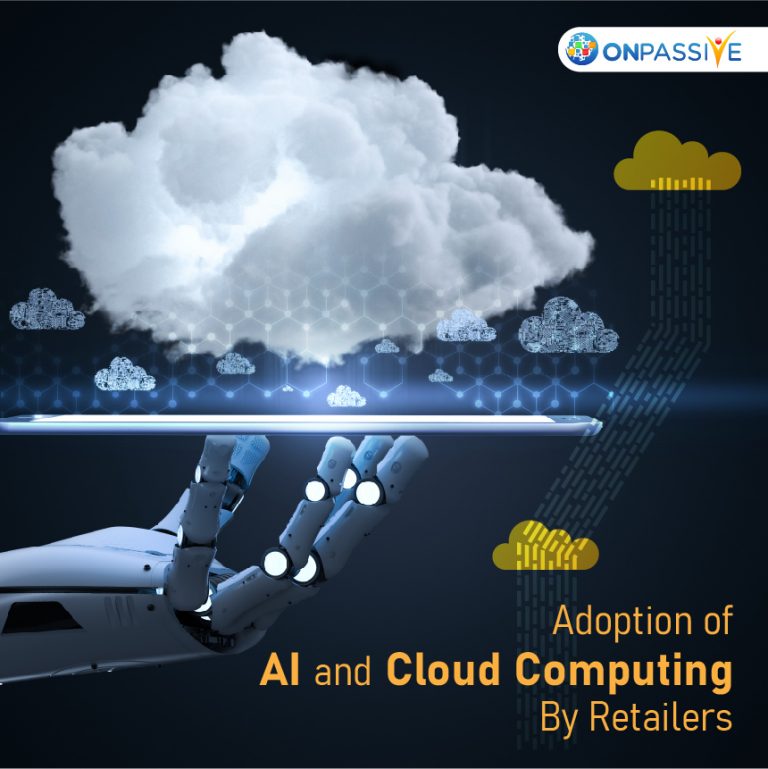
Retailers are now applying AI, ML, and robotics in significant parts of the value chain. Above all, AI technologies could eliminate many manual activities in assortments, promotions, and supply chains.
The three most remarkable opportunities in the short to medium term are promotions, arrangement, and replenishment. Significant retailers are trying different things with AI around these areas. “Digital native” e-commerce organizations are driving the way, using AI to anticipate trends, optimize advanced warehousing and logistics, set costs, and customize advancements and promotions. Some even focus on the full anticipation of clients’ orders, dispatching products without hanging tight for a purchase affirmation.
Can AI help conventional, non-digital retailers catch up, or will it extend the split between the coordinated and data-driven internet pure players and historical and verifiable lagging brands? Success will rely on retailers’ capacity to jump aboard and secure admittance to critical data while reinventing the shopping experience. However, before we dive into the conditions of full accomplishment, how about we investigate what the future could resemble in 2030.
Role of Artificial intelligence in Retail Market Domain
Later on, AI could help forecast and automate retailers’ decision-making progressively. By recognizing and gaining from patterns in large volumes of information, traversing numerous different sources — past transactions, climate forecasts, social media patterns, shopping trends, online viewing history, facial expression examination, and occasional shopping patterns.
Artificial Intelligence can assist organizations in adjusting to an expert an undeniably powerful market environment. ML and computer vision can assist better with expecting consumer assumptions while enhancing and automating provider negotiations by improving forecasting exactness.
The effect of AI-empowered estimating is, as of now, is illustrated. For example, a European retailer could improve its earnings before interest and taxes (EBIT) by 1 to 2 % by using the ML algorithm to expect fruit and vegetable sales. The organization automatically orders more produce dependent on this forecast to boost turnover and limit squander.
Operations are ready for automation
Warehousing and store tasks present a rich set of optimization openings for AI applications. For some non-digital retailers, striking supermarkets, automation of operations would have an existential effect. Many general stores offer online sales and home conveyance to coordinate with online grocers yet simultaneously convey the whole expense of actual stores and online service expenses.
Coming up, ML can help optimize merchandising, with opportunities to improve assortment proficiency by 50 %. A retailer could generate a sale elevation of 4 to 6 % by utilizing geospatial modelling to decide miniature market attractiveness and leveraging factual and statistical modelling to foresee and limit running out of stock. With AI and machine learning, we would acknowledge these efficiencies progressively and gain inexactness as they learn from recent information.
Retailers are getting personal
Enabled by the simplicity, economy, and promptness of online shopping, many customers as of now anticipate customized, quick, pitch-perfect help. In the future, AI will be necessary to marketers attempting to reach hyper-connected purchasers who constantly reclassify esteem by contrasting prices on the Web—even, and especially, when perusing in a non-digital store.
As natural language processing creates, AI-empowered personalization could go a long way beyond the realm of focused promotions. In-store, virtual assistants could distinguish repeat customers utilizing facial recognition, break down their shopping history to make suggestions, and impart conversationally using natural-language processing and generation. Meanwhile, online retailers attempt to give a greater degree of human touch to the Web and make individual suggestions to customers.
Conclusion
Artificial intelligence sets out significant opportunities across ventures, and retailers have their own massive set of advantages from AI. Consumers, too, have their own set of AI-powered tools, like individual and personal assistants, to help them decide. While it is significant that the sector focuses on the client experience, it isn’t the isolated area that merits serious consideration.
A transformed and super-charged supply chain network, for instance, offers a significant operational chance and upholds the client experience. Given the intensity of competition in the retail business, it is simply an issue of time before all retailers adopt and embracing AI. Those who want to stand apart over the long haul should give simple ideas to deploy AI across both operations and client-facing functions.


